From the March 2024 issue of Apollo. Preview and subscribe here.
In July 2013, Christie’s put up for sale what it described as ‘the most important silver coffee-pot ever to come to the market’. Estimated at £3.5m–£4.5m, the Lequesne Coffee Pot of 1738 was an early rococo masterpiece by Paul de Lamerie (1688–1751), regarded as one of the greatest silversmiths working in Britain in the 18th century. It did not sell on that occasion, but in 2019 Koopman Rare Art offered it at Masterpiece London for more than £3m. It has subsequently sold. The price reflects not just the piece’s superb quality, but its provenance. John Lequesne, who commissioned the pot, was one of the thousands of Huguenot refugees who poured into Britain in the 16th and 17th centuries. This vessel, with its elaborate applied decoration and twisting, pear-shaped body, represents the pinnacle of achievement for Huguenot silversmithing in England.
Paul de Lamerie was born in 1688 in Holland to Huguenot parents. They were forced out of France in 1685 by the brutal treatment of Protestants that followed Louis XIV’s revocation of the 1598 Edict of Nantes, which had protected the rights of the religious minority. Like many, they followed William of Orange to England in 1689, where they ended up in Soho, alongside scores of other Huguenot refugees; another community settled in Spitalfields. Many were artisans or successful merchants. In 1703, de Lamerie was apprenticed to Pierre Platel, a leading silversmith, whose own Huguenot family had made the journey to England from Flanders a year earlier. Platel introduced to English silversmithing a combination of chasing, cut-card work and casting with innovative designs. De Lamerie developed this flamboyant new style into a distinctively English rococo. By the time he registered his mark in 1713, his talents as a silversmith and sharp businessman had begun to be recognised, with a clientele that included aristocrats and politicians, Sir Robert Walpole among them.
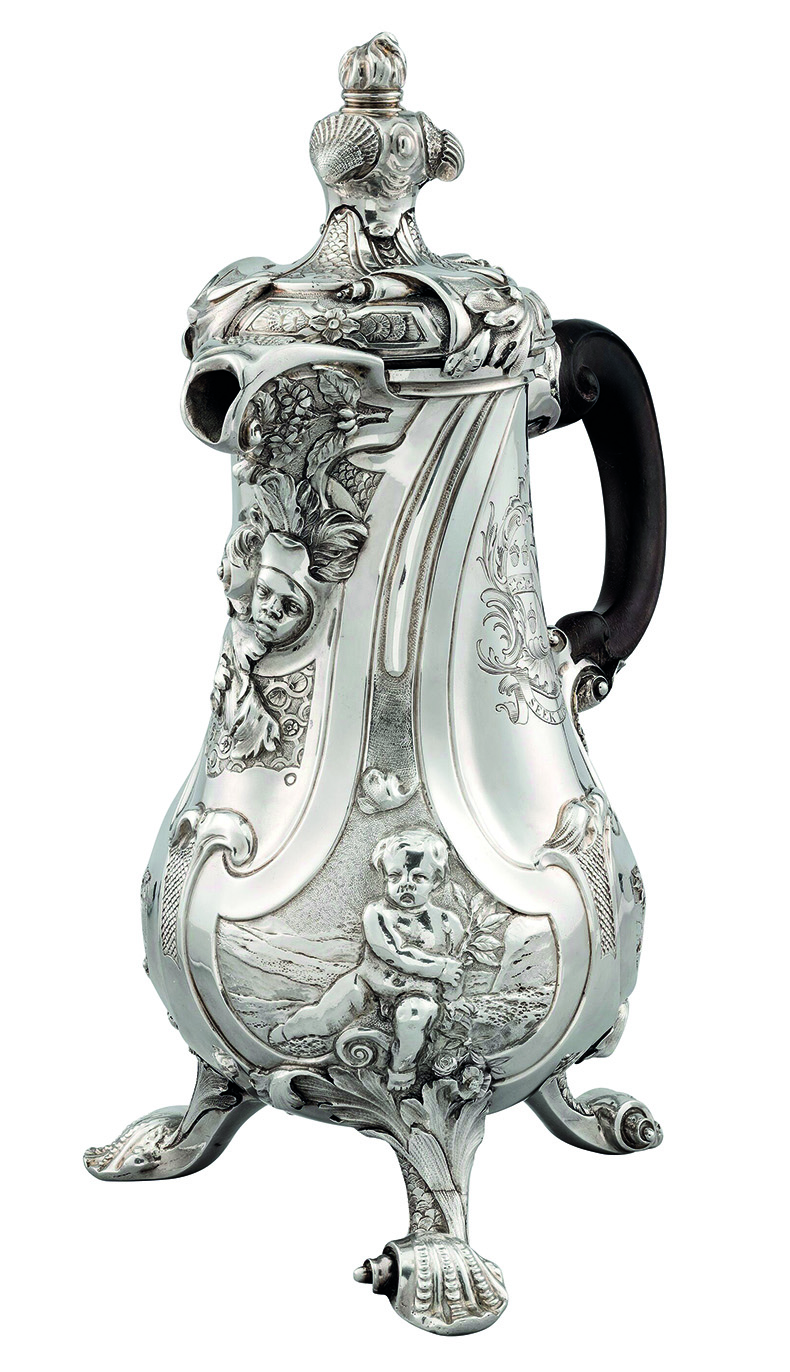
The Lequesne Coffee Pot (1738), Paul de Lamerie. Koopman Rare Art, price unknown
Today de Lamerie tops collectors’ lists, alongside Pierre Platel, David Willaume, Paul Crespin and Simon Pantin. Timo Koopman explains: ‘There is a fluidity of form and naturalism that exudes opulence, richness and at the same time a delicacy in contrast of depth and detail that naturally draws one to this period – auricular, asymmetrical lines and sheer beauty.’ These stars took their place within an extensive network of Huguenot makers. The first Huguenots to arrive in London were fleeing the persecution that culminated in the St Bartholomew’s Day Massacre of 1572.
By 1593 there were 37 Huguenot silversmiths in London; a decade later there were 63. A second wave of Huguenots came after 1660, as aggressions condoned by Louis XIV became more serious. James II’s Declaration of Indulgence in 1687, which allowed freedom of worship, offered further encouragement: as many as 50,000 made their way to England. Geneva, the Swiss Cantons, the Palatinate in western Germany and the Dutch United Provinces were also places of refuge, but London provided the best opportunities for enterprising silversmiths, bankers and wine merchants.
Meanwhile, the restoration of Charles II enlivened the market in luxury goods, with British consumers keen to embrace French fashions. The first Huguenot silversmith to receive a royal commission was Jean-Gerard Cockus, hired in 1661 for work in Charles II’s bedchamber, though there is no recorded mark to trace his work – it was not until 1697 that silversmiths were required to register and use marks consisting of the first two letters of their surnames. In 1681 Charles II formally offered Huguenots royal protection. One of the first silversmiths to receive ‘Letters of Denization’ was Pierre Harache, whose work is still much admired: a pair of William III (1700) silver ewers once owned by the second Earl of Chesterfield, in the shape of inverted Roman helmets with engravings, strapwork and lively caryatid handles, sold for £320,750 at Sotheby’s London in July 2017, against a £200,000–£300,000 estimate. Harache trained many leading Huguenot silversmiths, including Simon Pantin; Pantin in turn took as apprentice Peter Courtauld (1689/90–1729), who married his Pantin cousin. Such interconnections are typical.
According to Harry Williams-Bulkeley, head of the silver department at Christie’s, the Huguenots ‘revitalised the London silver scene’. Interest in their work was renewed at the end of the 19th century, as scholarship enabled enthusiasts to identify the individuals behind the hallmarks. De Lamerie has never faded from view but other names – Augustine Courtauld, Anne Tanqueray and her father, the banker-goldsmith David Willaume – became identifiable, kindling collector interest. While smaller workshop pieces by these makers – candlesticks, cream jugs – can sell for as little as £2,000–£3,000, ‘the stand-out soup tureens and cups and covers’, Williams-Bulkeley says, draw fierce international competition. An elegant George II silver large basket with pierced trellis work, bearing the mark of Louis Laroche, London, 1733, realised £41,580 against a £20,000–£30,000 estimate last July at Christie’s London.
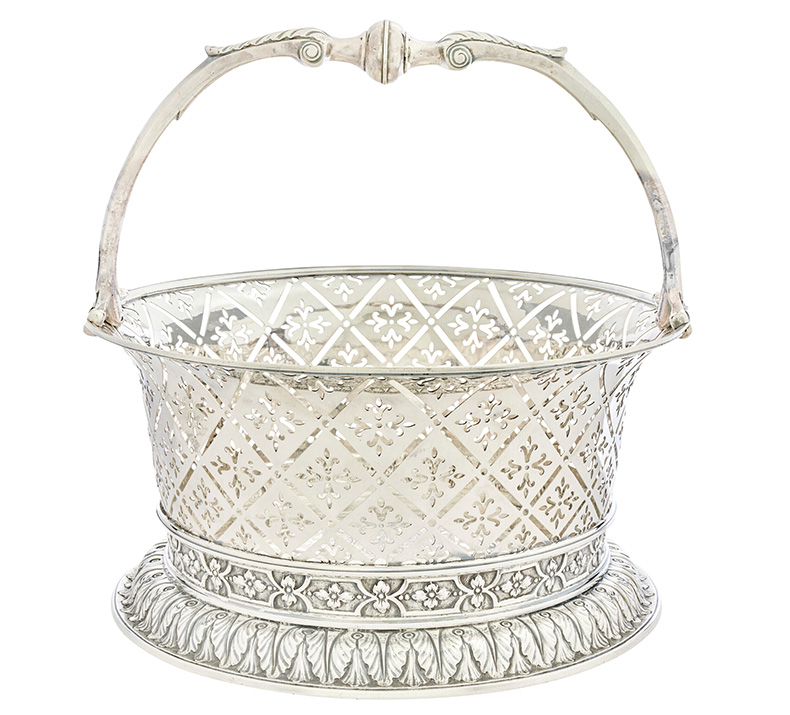
Large basket (1733), Louis Laroche. Christie’s London, £41,580
Huguenots who went to Switzerland contributed to a specialism in fine gold boxes shared with Geneva and Hanau in southern Germany: in November 2019, Christie’s London sold a gold and enamel snuffbox, probably Hanau, c. 1790, for £8,820 (estimate £5,000– £7,000). Many Huguenots went to Holland too but, Dick Endlich of Endlich Antiquairs says, ‘Huguenot silver is quite rare in the Netherlands.’ The Amsterdam goldsmith Sebastien du Flos and Isacq Samuel Busard in The Hague are among the better-known craftsmen. In 2018 a Dutch filigree and parcel-gilt silver tobacco box by Busard, 1741, sold at Sotheby’s London for £10,625 (estimate £5,000–£8,000). At TEFAF Maastricht in 2020 Endlich sold an exceptional rectangular gold snuffbox, Amsterdam, 1728, a collaboration between Jean Saint and the chaser Philippe Métayer, for €80,000–€100,000.
Some Huguenot silversmiths landed in America – the most famous name being Paul Revere. Paul Revere I, born Apollos Rivoire on Guernsey in 1702, crossed the Atlantic as a boy, learning his trade in Boston and anglicising his name. His son, Paul Revere II, is most famous for his midnight ride from Boston to Lexington and Concord in 1775 to warn that the British were coming; in January 2013 a rare ‘drum pot’ teapot with his mark, c. 1782, sold for $230,500 at Christie’s New York, against a $150,000– $250,000 estimate. Jim McConnaughy, of New York dealership S.J. Shrubsole, adds a note of caution: while exceptional pieces sell for high prices, less spectacular silver, whatever its provenance, is today markedly less valuable. ‘Some of our clients do collect by maker, with Paul de Lamerie and Paul Revere at the top of the list. But quality is the main determinant for most of our clients; they know important Huguenot names primarily because they made wonderful things.’ He instances ‘a fine salver with superb engraving’ (London, 1732) by Augustine Courtauld, decorated with scrolls, urns, baskets of flowers, classical heads and masks, commissioned by the merchant William Lethieullier – made by a Huguenot for a Huguenot: testimony to the talent and success of this immigrant community.
From the March 2024 issue of Apollo. Preview and subscribe here.
Unlimited access from just $16 every 3 months
Subscribe to get unlimited and exclusive access to the top art stories, interviews and exhibition reviews.

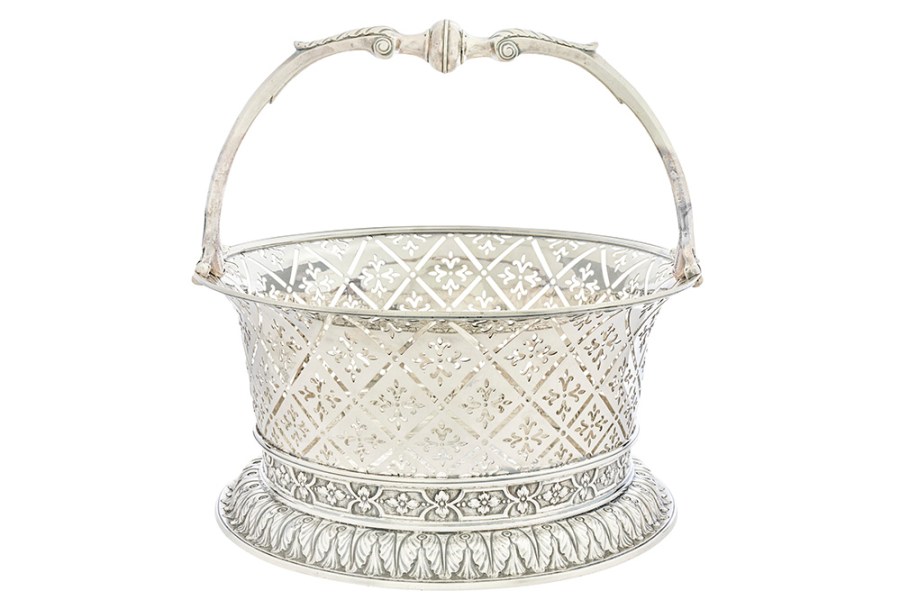
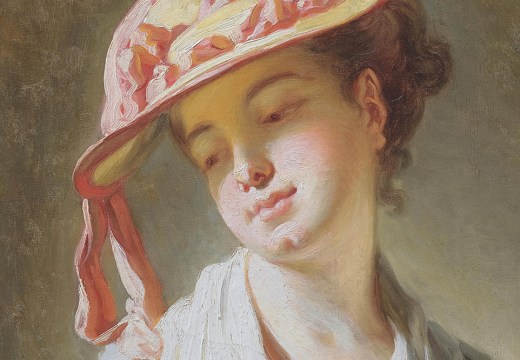
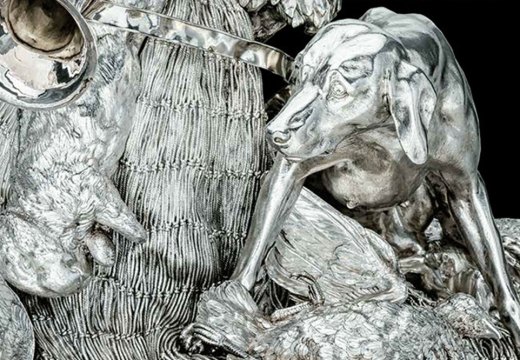
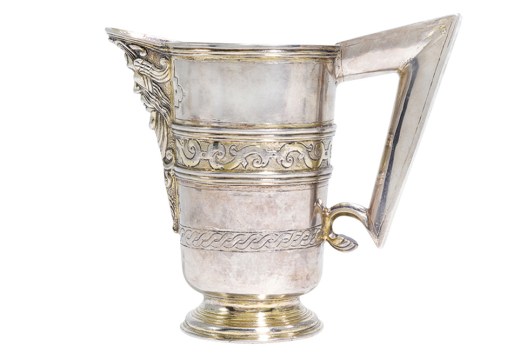









![Masterpiece [Re]discovery 2022. Photo: Ben Fisher Photography, courtesy of Masterpiece London](http://www.apollo-magazine.com/wp-content/uploads/2022/07/MPL2022_4263.jpg)
Has the Fitzwilliam lost the hang of things?